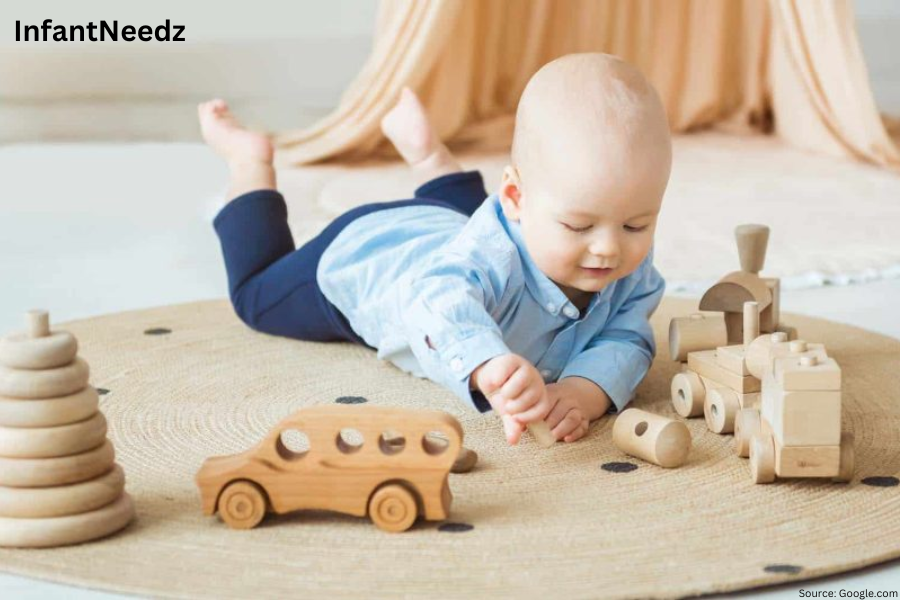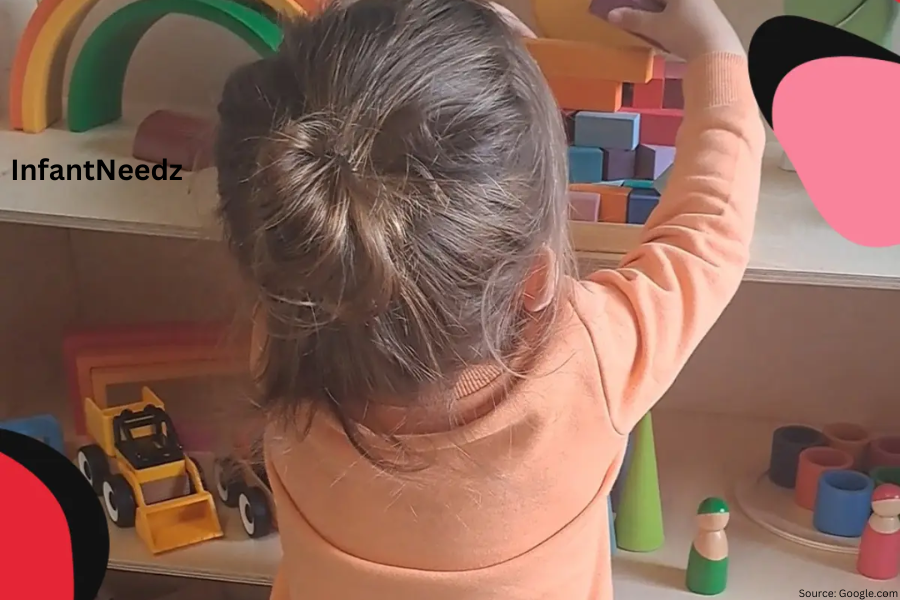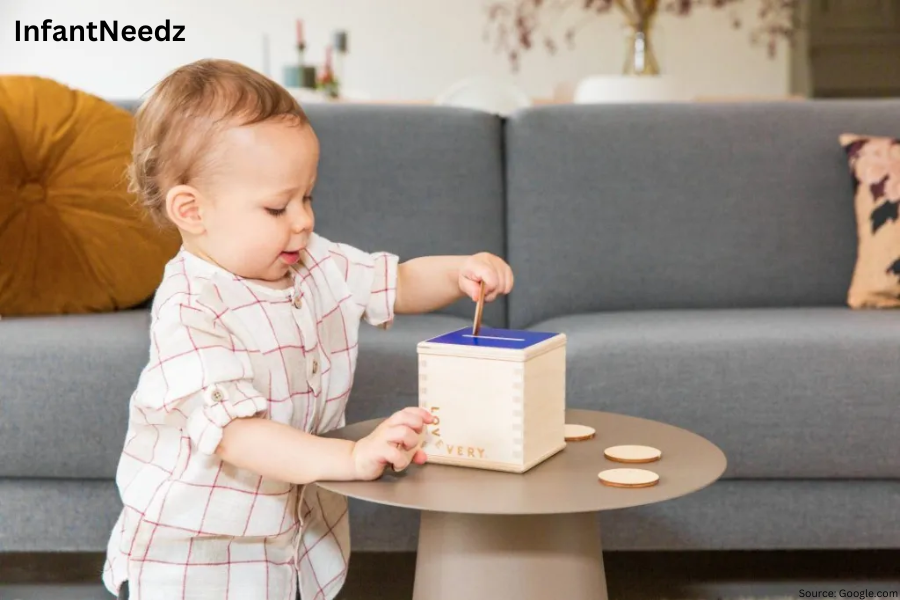In raising every toddler, the parent aims at maximizing the growth and development of the child. Among the rather popular methods applied in early childhood education in recent times is the Montessori method. The said method lays down learning by hands, independence, and respect of nature within the development process of the child. The toy is an integral component in this kind of approach. In this article, we see how best Montessori toys can be selected for toddlers to have a fun and enriching playtime experience.
Table Of Contents
Understanding Montessori Toys
Montessori toys are designed to nurture a child’s natural curiosity and imagination. They are usually made from the finest natural materials, such as wood, cotton, or wool. Unlike most toys that are flashy and stimulating, Montessori toys rely on simplicity and functionality. They encourage open-ended play where children are given time to explore, experiment, and learn at their own pace.

What To Look For In A Montessori Toy
Before choosing any Montessori toy for your little one, look out for the following characteristics:
- Age appropriate: Montessori toys are age-appropriate and match your child’s development level. For example, stacking and sorting work for 18-month-olds, while problem-solving is for 3-year-olds. Always check the manufacturer’s recommended age.
- Natural Materials: Montessori philosophy prefers natural material. For instance, toys made of wood or organic cotton are not only safe for your child but more durable as well. Plastic materials are unnecessary for experiencing the sensory of toys. Moreover, they’re better for the environment-a bonus, I must add!
- Open-Ended Play: Open-ended toys, like building blocks, stacking rings, and wooden vehicles, spark creativity and imagination, helping children explore various play methods and develop problem-solving and critical thinking skills.
- Self Reliance: Montessori toys encourage self-reliance, allowing children to play independently and learn through exploration. Puzzles and shape sorters, for example, teach spatial relationships and fine motor skills without adult help.
- Educational Value: The best Montessori toys combine fun and learning, helping children develop motor, language, and social skills. For example, sorting toys teach colors and shapes, while role-playing toys improve social and language abilities.
- Safety First: All safety aspects have to be considered while selecting toys for toddlers. They should not contain harmful chemicals and will not have small parts that may bring them close to the choke point. The product should pass and meet international standards of safety tests.
Popular Montessori Toys For Toddlers
Now that you have an idea of what to search for, let’s look at some pretty cool options to help give rich playtime to your toddler.
Building Blocks
The building blocks may be counted as one of the earliest Montessori toy kinds. There is a great variety of forms and dimensions, created from which a child learns to build, balance, and construct. Thus, this activity teaches children finer motor skills, hand-eye coordination, and spatial thinking.

Puzzles
Puzzles are the best tools for solving problems and developing the intellect. For small children, pick large chunky pieces not too hard to hold with their little hands. Animal-themed, shape-themed, and everyday object-themed puzzles that are easy to relate to.
Sorting And Stacking Toys
Excellent educational tools for the preschoolers who learn the colors, shapes, and sizes; learning toys to teach sorting and stacking. It simulates the logic of reasoning with the use of fine motor in putting the puzzle piece together.
Pretend Play Sets
Pretend play is very essential in developing social skills as well as to be creative. Make sure you have play sets that are almost real life. For example, try getting a kitchen set and even a doctor’s tool or a toolset set. These help the baby develop imagination to play outside as well as understand other people’s activities.
Art Supplies
Using Montessori to inspire art can be very crucial to this method. Basic materials like crayons, watercolors, and paper allow one to have hours of discovery. Let your toddler create whatever they want without criticizing over what the result will be.
How To Introduce Montessori Toys
You can introduce new toys to your child by the following steps:
- Change Toys frequently: Change your toddler’s toys often, because one of the easiest means of keeping play exciting is the change of toys. They do not feel oppressed as they get the new variety, and in the meantime, maintain interest about their toys.
- –Play Area Setting up : Create an orderly atmosphere for playing so that the play area looks visually attractive with easy access to the things that are easily visible or reachable. End.
- Be There Together: Although Montessori advocates for independence, engaging with your toddler can make the experience even more fun for both of you. Open-ended questions may assist him or her in narrating what he or she is doing.
Conclusion
Indeed, choosing the best toys for a toddler is really more about making an exciting discovery and learning opportunity rather than a play thing. Focus your attention on the age-appropriate, natural, and open-ended toys in order to create this rich play environment that actually supports cognitive development in your child. Any toy that inspires creativity and nurtures curiosity to make a little one grow up to be a confident and independent learner is indeed the best toy. Have a great time in this adventure of discovery together!
FAQ’s
What age is appropriate for Montessori toys?
Montessori toys are appropriate for ages between 6 months and 6 years. Specific types have been designed for particular developmental stages.
How to select toys for toddlers?
Choose age-appropriate toys that encourage creativity, problem-solving, and fine motor skills, such as building blocks or shape sorters.
